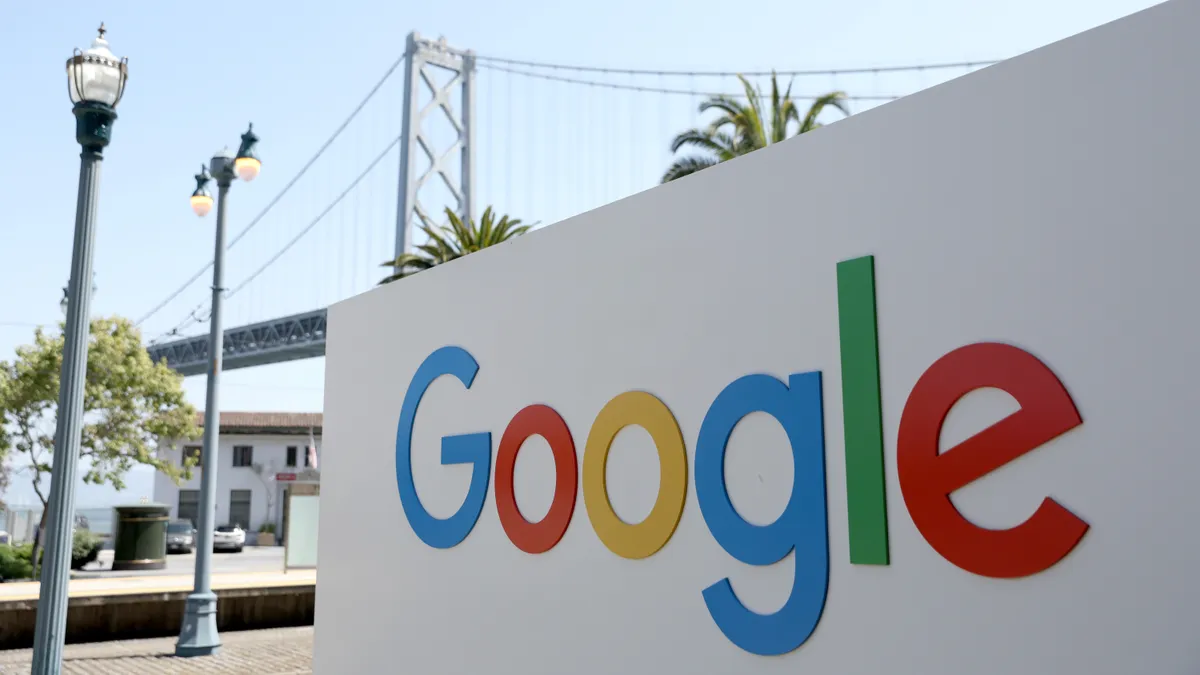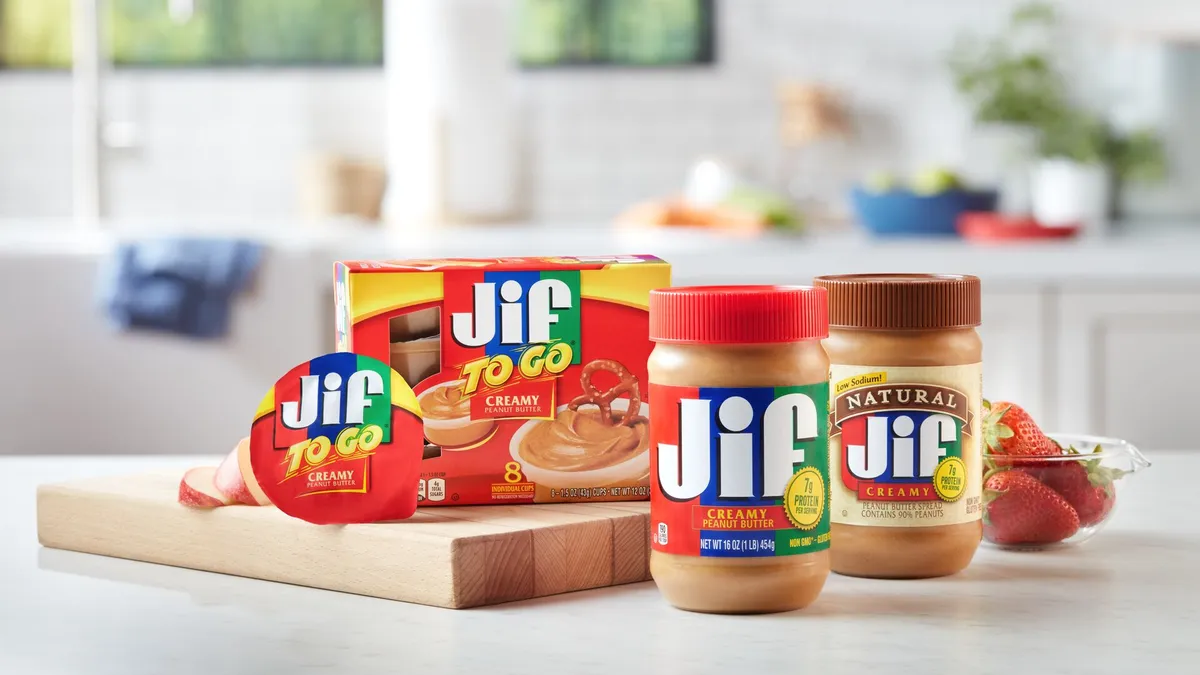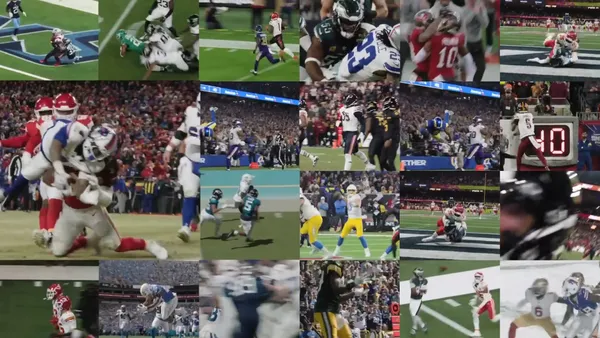The following is a guest post by Kate Muhl, VP analyst at Gartner. Opinions are their own.
It’s been a long pandemic for consumers and brands alike. Who can blame a marketing leader for wanting to lean into a new normal, one without official restrictions and, ideally, without lingering pandemic consumer hesitancy to engage with public life?
However, reality can’t be avoided. It is true that concern levels have eased considerably since the initial phases of the pandemic. But as of May 2022, nearly four out of 10 consumers surveyed by Gartner still described themselves as “extremely” or “somewhat concerned” about the COVID-19 pandemic. Note also that though concern is ebbing, people aren’t becoming “unconcerned.” Rather, consumers are settling into an on-the-fence, tentative middle position — a somber reminder to CMOs that the pandemic is still a reality for many consumers.
Economic woes are now top-of-mind
More than just concern levels suggest that the pandemic continues to shape consumer attitudes and behaviors. Key recent Gartner research findings paint a picture of a populace still managing pandemic anxiety.
Concerns about the direct threat of illness itself have eased since the vaccines became widely available to most Americans Q2 2021. In their place, economic-related issues — on both the micro and macro scales — are top-of-mind. In May 2022, 55% of consumers cited prices going up due to high demand as one of their pandemic-related concerns, making it the top pandemic concern overall. In a separate survey by Gartner in June 2022, 40% of consumers pointed directly to the pandemic when asked what might be causing the much-derided price increases.
That suggests that people’s persistent anxiety about the prospect of new variants and the next wave of infections may be as much about the systemic disruption they bring as the potential threat to people’s health. CMOs must accept that pandemic and inflation are inextricably tied now.
Venturing out into the world — cautiously
Consumers are still looking for indicators that out-of-home activities are safe before they can comfortably participate. In March 2022, a majority of surveyed respondents said they felt comfortable shopping for essentials in store or going on a road trip. But activities where they would have less control over their surroundings or who they’re sitting with – like dining inside a restaurant or watching a movie in a theater – trigger a need for more risk mitigation. CMOs would be smart to stay the course on signaling safety in their spaces.
Pandemic precautions, disproportionately weighed
Since the early days of the pandemic, Americans see a rift between their own attitudes and actions and the way others approach risk and safety measures. Though most federally and locally mandated safety measures were lifted long ago, most people believe that they themselves have stayed vigilant. Nearly 60% of respondents in May 2022 said they make it a priority to avoid getting COVID-19. At the same time, 63% said that others have stopped taking necessary precautions altogether.
CMOs have an opportunity, therefore, to close that emotional gap for consumers by demonstrating the way their brands help share the pandemic mitigation load.
Normal still feels out of reach for most
Roughly a third of consumers in March 2022 said their lives have gotten back to normal — double what it was in September 2021. But half of consumers still see “normal” as a distant possibility, if not an impossibility: They say it’ll be at least six months before their lives get back to normal, if ever. That also includes 16% of consumers who believe their life will “never” return to normal.
Qualitative analysis of consumer descriptions of what constitutes “normal” life underscores how intertwined the pandemic and the economy have become. While many people long for or celebrate “no masks or social distancing” as a sure sign of normalcy, they also wait for the end of pervasive supply chain shortages and price hikes before declaring that the “normal” has truly arrived. CMOs must monitor the shifting definitions of normal, as well as consumers' perceived distance from normalcy and adjust course to suit.
Changing data on consumers’ COVID-19 concerns gives CMOs the opportunity to adjust messaging, customer experience and brand positioning over time:
-
Curb your enthusiasm and acknowledge the “pandemic of inflation.” As long as consumers think of inflation as a sign of a lingering pandemic, marketers will not be able to persuasively sell the idea of a post-pandemic “normalcy.” Brands that message around a full-scale “back to normal” or tout business recovery toward pre-pandemic heights will sew distrust among customers still living in uncertainty.
-
Make sure your premises are “safe spaces” for staying safe. Consumers don’t trust other people to behave in ways that are safe or beneficial to the larger community. Companies with a substantial in-person customer interface should continue to offer sanitizer stations, stashes of free face masks and social distancing signage so that when COVID-19 flares up, customers who want to take precautions feel welcome to do so.
-
Seize an opportunity to stand out to more cautious customers. Throughout the pandemic, several groups of consumers have been more concerned about the potentially perilous health effects of COVID-19. Women, older consumers (Gen X and Baby Boomers) and higher-income Americans (annual income of over $100K) have generally been more vigilant than the rest of the population. These consumers tend to report greater concern for their own health and that of their family, including the fear of getting the disease despite being vaccinated.
As new waves of infection emerge and spread across the US, the situation with consumers will be fluid. Pandemic concerns will rise and fall alongside case rates locally and nationally. If CMOs stay tuned in to consumer sentiment, they will be better able to adjust course in real-time. And that will go a long way toward retaining existing customers and attracting new ones.














